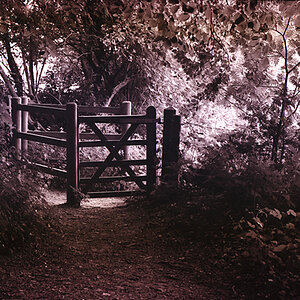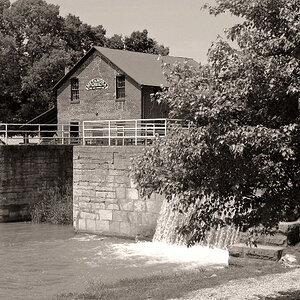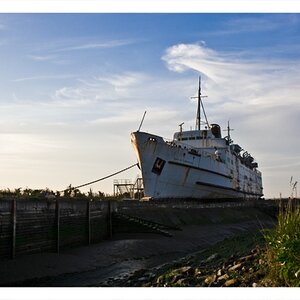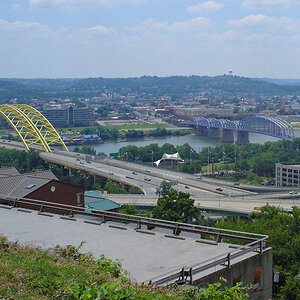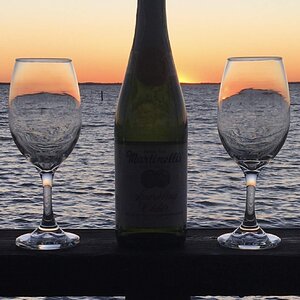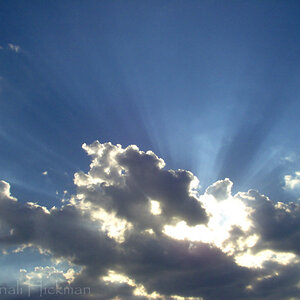JamesD
Between darkrooms
- Joined
- Mar 20, 2005
- Messages
- 1,054
- Reaction score
- 44
- Location
- Living in Snapshot reality.
- Can others edit my Photos
- Photos NOT OK to edit
It's a good idea to get trays a bit larger than the pints you're going to be making. One size up is good; you get to maneuver the prints around a bit. You don't need too much extra room, though, or you wind up having to mix up way more chemistry than you actually need.


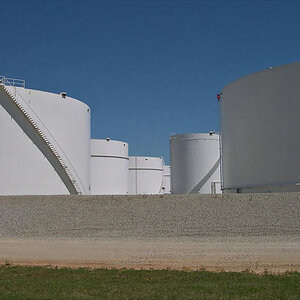
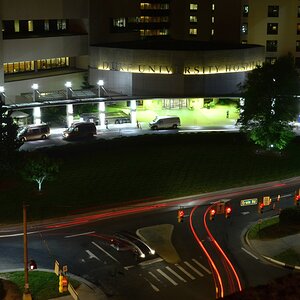
![[No title]](/data/xfmg/thumbnail/37/37128-189b79232a3c6bf0c2c530e4eea0b8cd.jpg?1619737884)
![[No title]](/data/xfmg/thumbnail/32/32702-7344d6e6132276dd7bfc046084fea432.jpg?1619735604)


